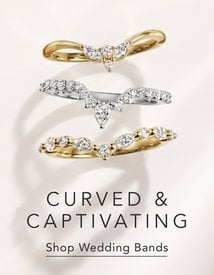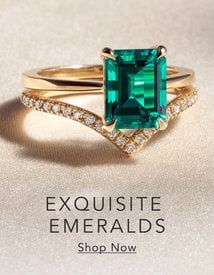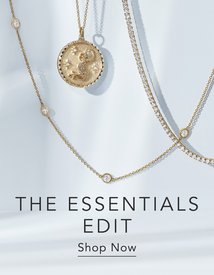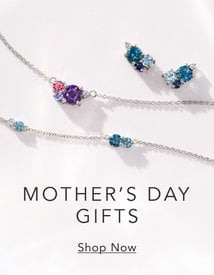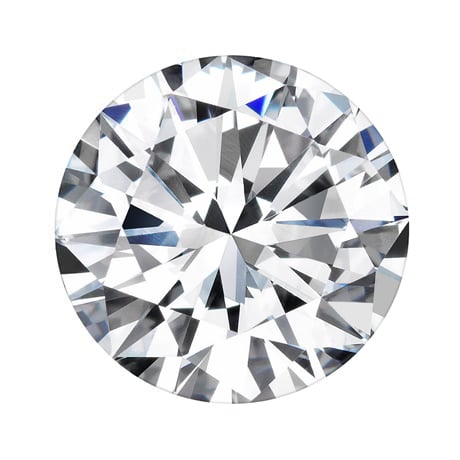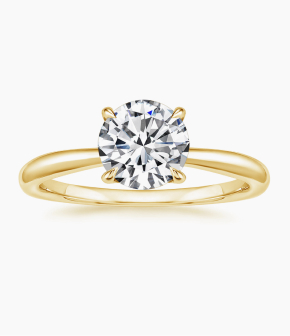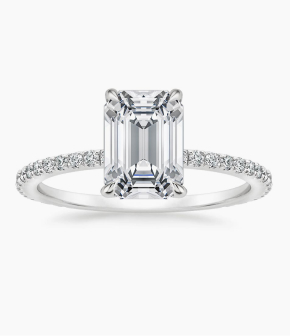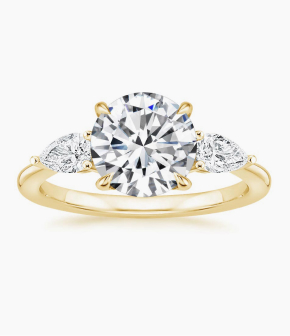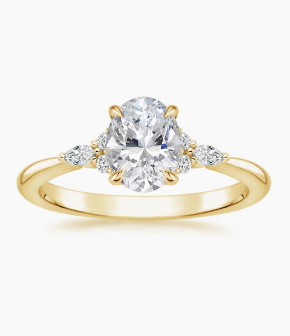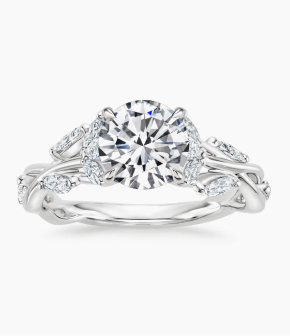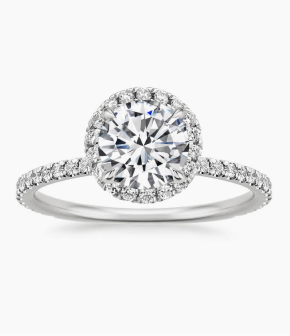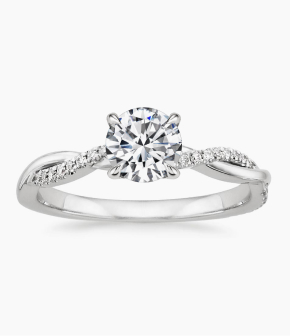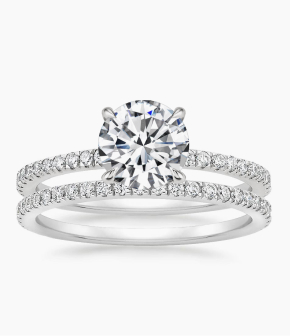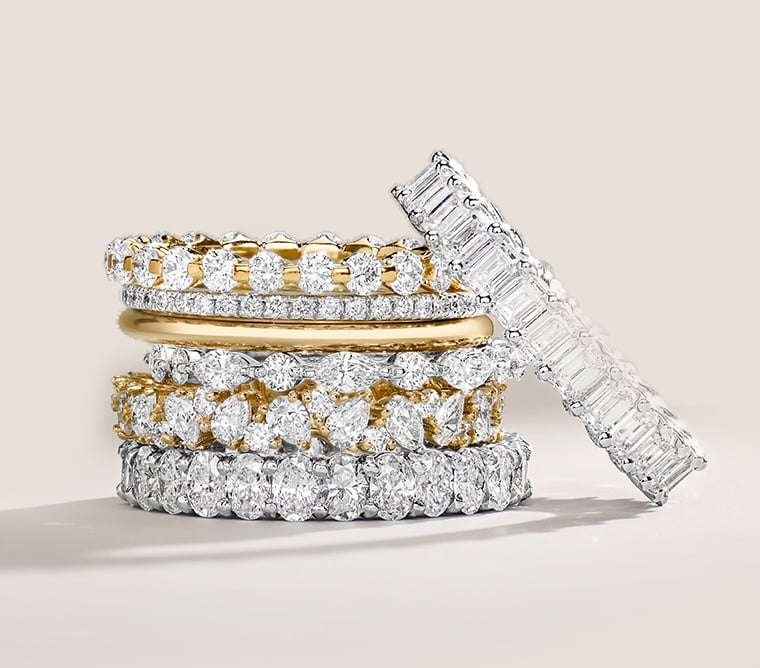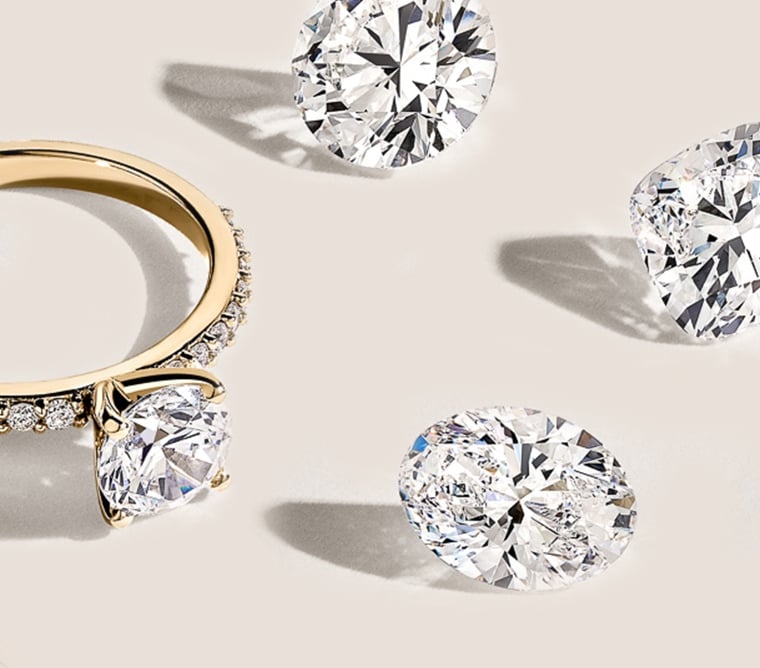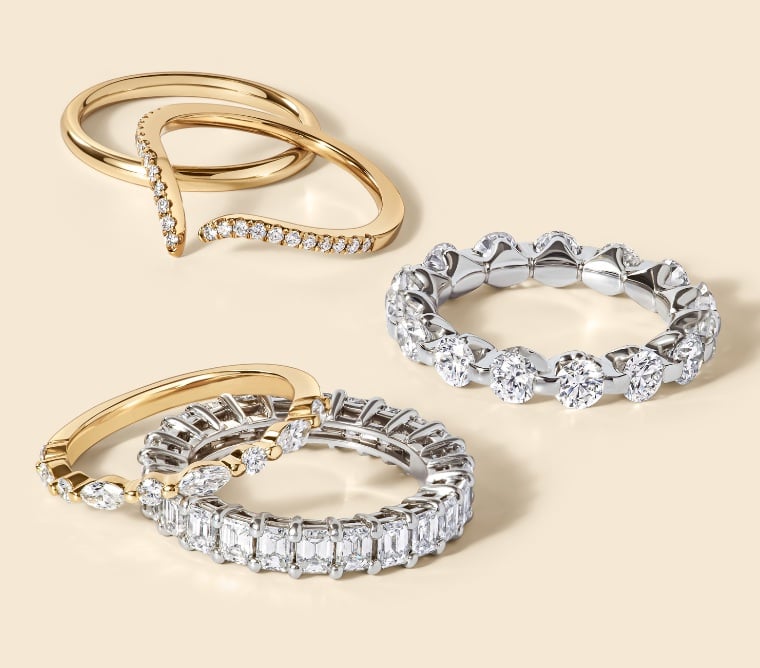Our collection of engagement ring settings ranges from delicate and understated to bold and luxurious. While plain bands wrap the finger in lustrous light, diamond accents sparkle and catch the eye. Dedication to quality, a focus on the customer, and a keen eye for ethics unites our ring settings as a cohesive grouping of incredible designs. Our engagement ring settings are set with Beyond Conflict Free™ diamonds. Ethically sourced and of the highest gradings, our diamonds go beyond normal standards to improve ethics and transparency within the jewelry industry.
For questions about engagement ring settings, please contact our jewelry specialists who are happy to help you via phone, chat, virtual or in-person appointment. In addition to our selected settings, inquire about creating custom engagement rings if you're looking for a truly unique, one-of-a-kind design.


